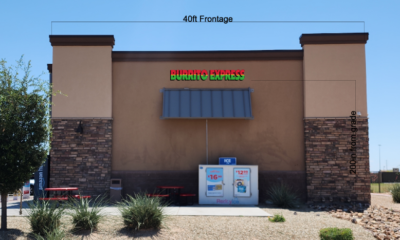Business
The Cost of Local News: A Closer Look at How We Fund It Then and Now

In an era where traditional journalism faces immense pressure, local news outlets like the Tucson Sentinel emphasize their commitment to providing accessible reporting. Highlighted recently was the nostalgic tale of a former paperboy reflecting on the evolution of collecting fees over the decades.
Once a beacon of American childhood, the image of young boys delivering newspapers has shifted dramatically. The paperboy of the past, known for their cheerful demeanor and roundabout routes, now faces the challenges of modern media economics. As families change, so do the dynamics of these encounters.
The article revisits memories from 1979, illustrating the author’s experiences with local teenagers who represented authority and the expectations of payment. The tension of handing over money—a symbol of both service and obligation—lives on in the reminiscences of older generations reaching back to simpler days.
Fast forward to today, the Tucson Sentinel positions itself as a nonprofit entity, aiming to provide essential news free from corporate overhead. Unlike its competitors shrinking under financial strain, the Sentinel thrives due to community support. They claim this is not merely a request for donations but a call for essential services—sustaining local watchdog journalism for the benefit of all residents.
With the approaching end of the year deadline, the Sentinel has rolled out initiatives encouraging readers to support local reporting, reinforcing their message that journalism is a collaborative effort. The organization notes that financial contributions can be doubled through matching funds, enhancing the importance of community involvement in sustaining local media.
Amidst discussions of how the landscape of journalism has transformed, the Sentinel affirms its dedication to covering local issues, remarking it is a service that directly impacts the readership. As awards and recognition flood in for their reporting, staff members highlight that sustained financial support is crucial, not just for current operations but for the future of investigative journalism in Tucson.
The juxtaposition of past paperboys at the doorway and today’s journalists at the helm of local news displays the continuity of service within a changing context. As the article concludes, it invites readers to reflect on their role in preserving the integrity of local journalism, emphasizing that while the product may be free, the costs of quality reporting are very real.


















